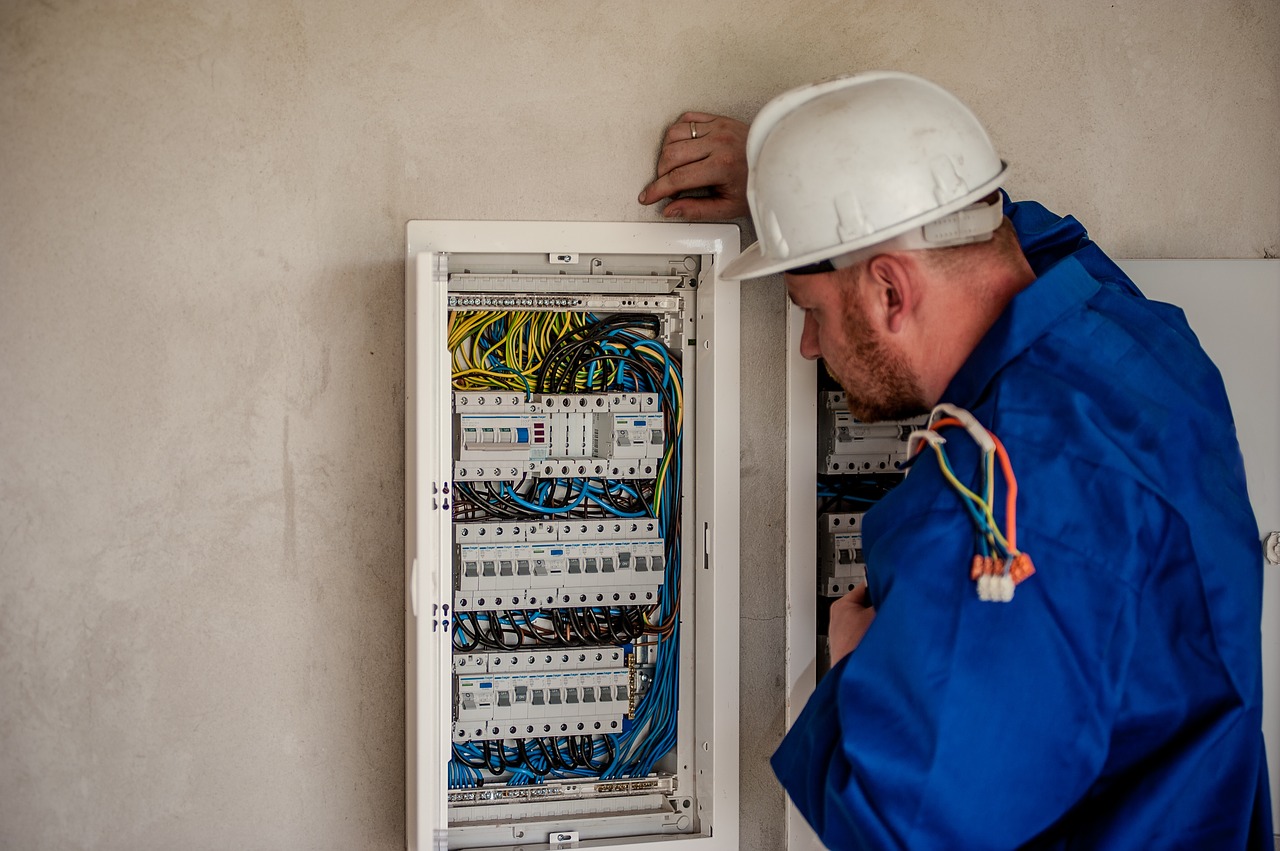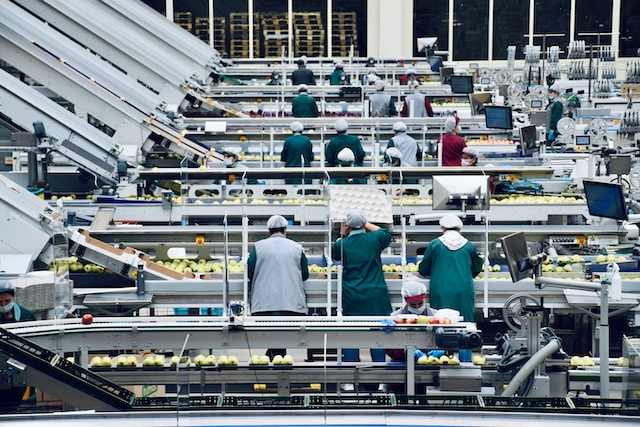Electrical hazards are perhaps the most common and serious risk in industrial settings. The number of workplace injuries due to these hazards runs into the thousands every year. Unfortunately, they also cause hundreds of deaths. They disrupt operations and impact the productivity of the business as well. In the long run, such accidents lower the workers’ morale and even cause reputational damage to the industry. The saddest part is that a majority of injuries and incidents caused by electrical hazards are avoidable. If you make conscious efforts to curb these dangers, you can prevent them or, at least, minimize the risk. Here are some proactive measures you can implement to avoid industrial electrical hazards.
Identify the hazards
This one is a no brainer as you will need to identify the dangers to address them effectively. In industrial settings, several possibilities could lead to electrical injuries. Although these may vary according to the size, traffic, and the kind of processes handled at the facility, there are some common ones prevalent in most units. These include:
- Inadequate wiring and overloaded circuits
- Old and damaged equipment
- Exposed electrical parts
- Lack of insulation
- Improper grounding
Being vigilant at all times and investing in regular inspections can help in the early identification of these threats. Timely detection of dangers and early action to resolve them can save lives because many incidents occur due to a lack of awareness.
Provide adequate training to operators
While not keeping an eye on electrical hazards can threaten lives, letting untrained people handle operations is even more dangerous. If you are hiring people to work on machinery and equipment, make sure that they are trained to handle the job. The lack of understanding of how the equipment works can lead to accidents and injuries. Accidents can happen even with qualified workers, so training should also include emergency action planning along with accident prevention and safety.
Invest in preventive maintenance
Plant owners need to invest in preventive maintenance so that you can ensure that the machinery and equipment are always in great shape. Regular inspection and proactive maintenance checks keep things on the right track. It is best to have a qualified electrician on board to check the machinery daily and take requisite action if something appears amiss. Look for someone with formal education and license from a reputed electrician school, because these professionals have the right skills to handle such a crucial responsibility. Good experience in industrial settings is equally essential.
Make conscious efforts to eliminate hazards
Fortunately, most hazards can be eliminated from the operations by removing them physically. For example, you can consider having the power control station at the ground level instead of a raised platform. It will eliminate the need for the employees to work at heights and prevent the risk of falls. Your electrician can prepare a list of such hazards that can be curbed with simple measures and go ahead with the implementation of these measures to make the plant a safer place for workers.
Find safer alternatives
While it may not be possible to eliminate some hazards from industrial setups, you can still look for safer substitutes to minimize the risk. It is possible to prevent disaster by substituting high-risk settings with ones that entail minimal risk. For example, replacing floor paint with textured flooring can prevent slips and falls. For this measure to work, the alternative you choose should not lead to another hazard.
Isolate people from hazards
In some parts of industrial operations, it is not possible to eliminate the hazards completely. But the best you can do is take measures to isolate your workforce from them. Thankfully, you can do it easily by introducing physical barriers between people and the hazard. These may vary from railings to machine guards and locked-out machines, depending on the nature of the threat. While these measures require an initial investment, they can make your workplace safer in the long run.
Have administrative controls in place
Apart from first-hand actions to curb the risk of electrical accidents, having administrative controls in place can curb the risk to a significant extent. Make safety a part of your work culture by ensuring that people align their work style accordingly. Formulate safety-first policies and communicate them clearly to the employees. Employee training, installation of signage and procedural changes are some other elements of a safety-first culture. Providing personal protective equipment to workers facing hazards is also a good idea.
Electrical dangers are real threats in industrial settings because they pose a massive risk to life and property. It is important to pay attention to them and implement the right risk-mitigation measures to create a safe working environment in your facility.







